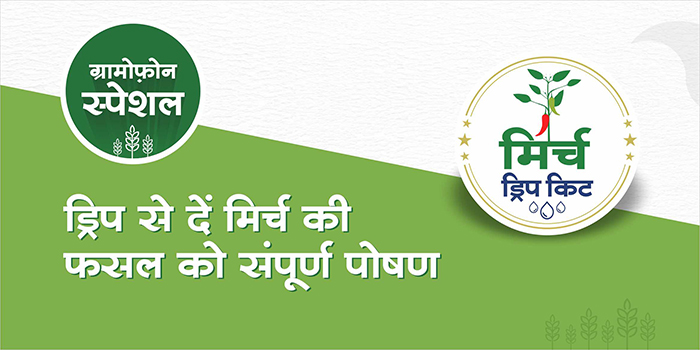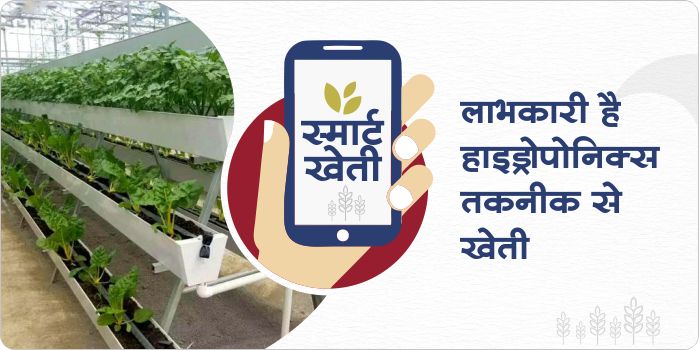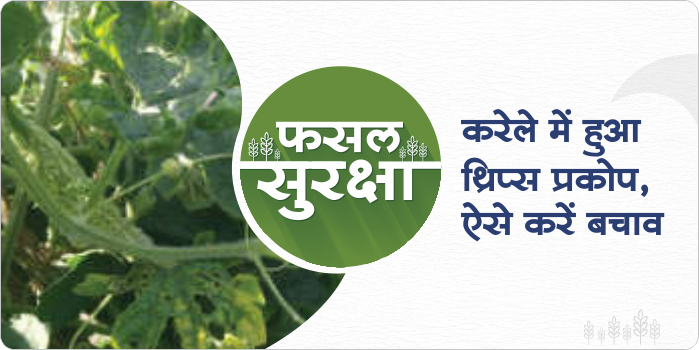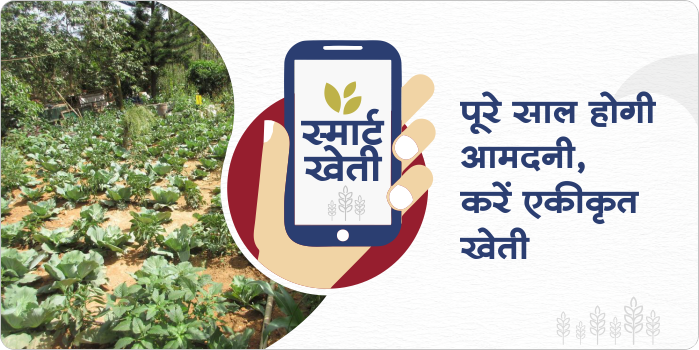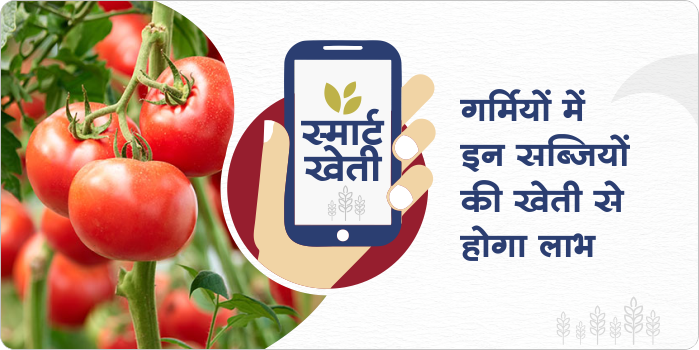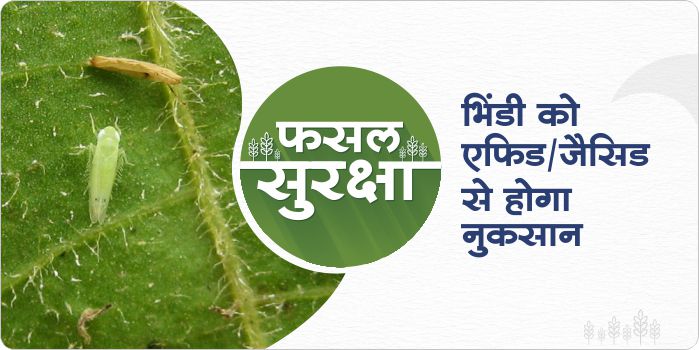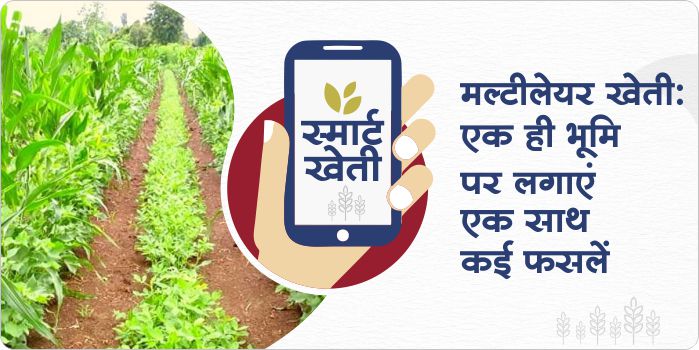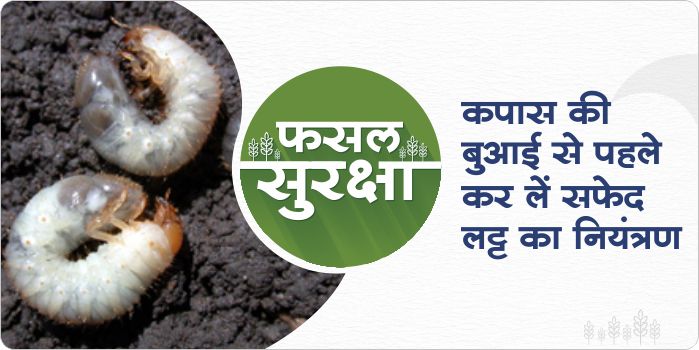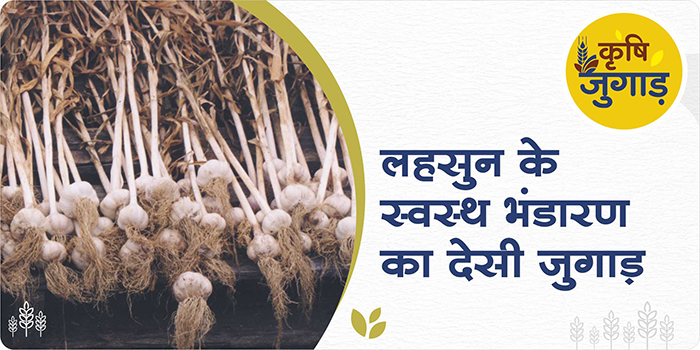-
Farmers can also use the samridhi kit with drip irrigation in chilli crops.
-
Gramophone has designed Chilli Drip samriddhi Kit of soluble products. This kit is completely soluble and perfectly suitable for drip. The weight of this kit is 1.8 kg. It is enough for one acre.
-
This kit contains the following products, consortia of NPK bacteria, zinc solubilizing bacteria, Trichoderma viride, mycorrhiza, vigormax gel. All these products are based on nanotechnology.
-
This product improves soil structure by increasing soil water holding capacity and enhancing white root growth. Helps plants to get nutrients, which helps in better vegetative growth.
ShareFor such important information related to agriculture and agricultural products, keep reading Gramophone’s articles daily. Be sure to visit the Market Section of Gramophone App to purchase advanced agricultural products. To purchase the above mentioned seeds, go to the market option of the app.

